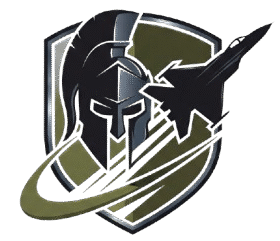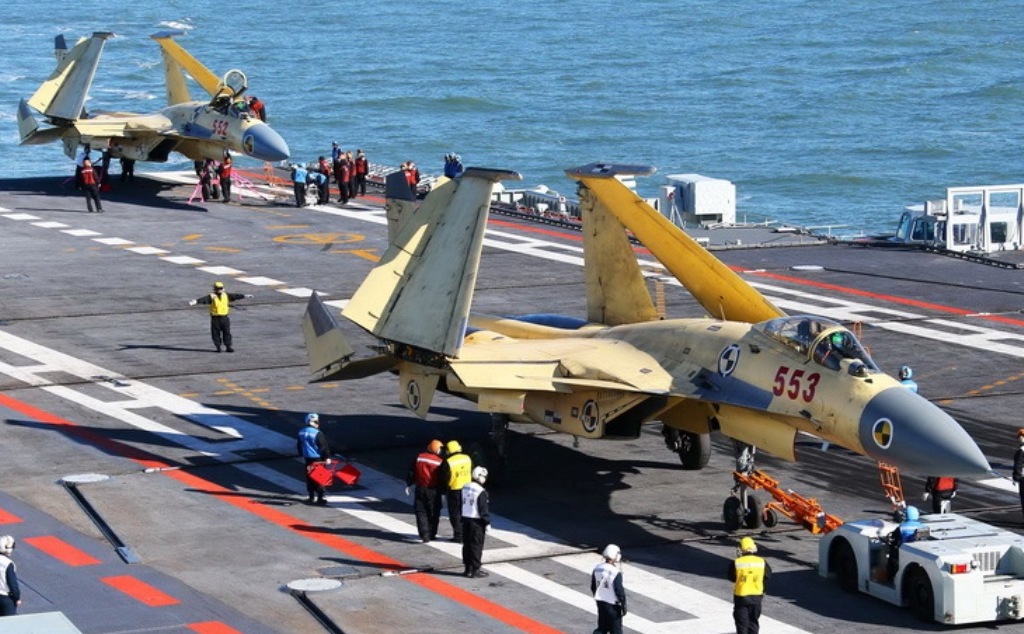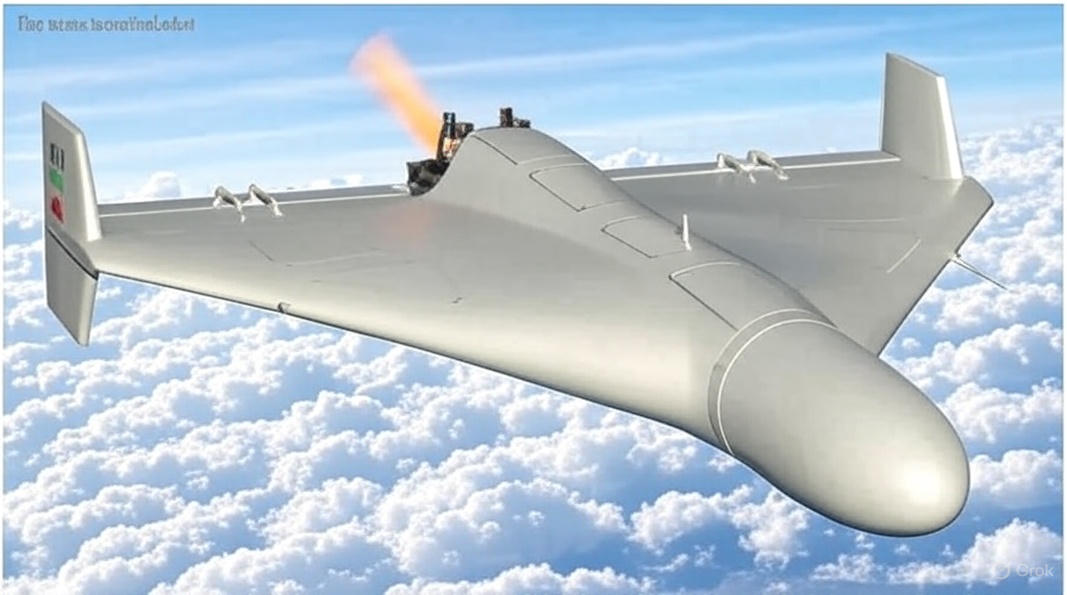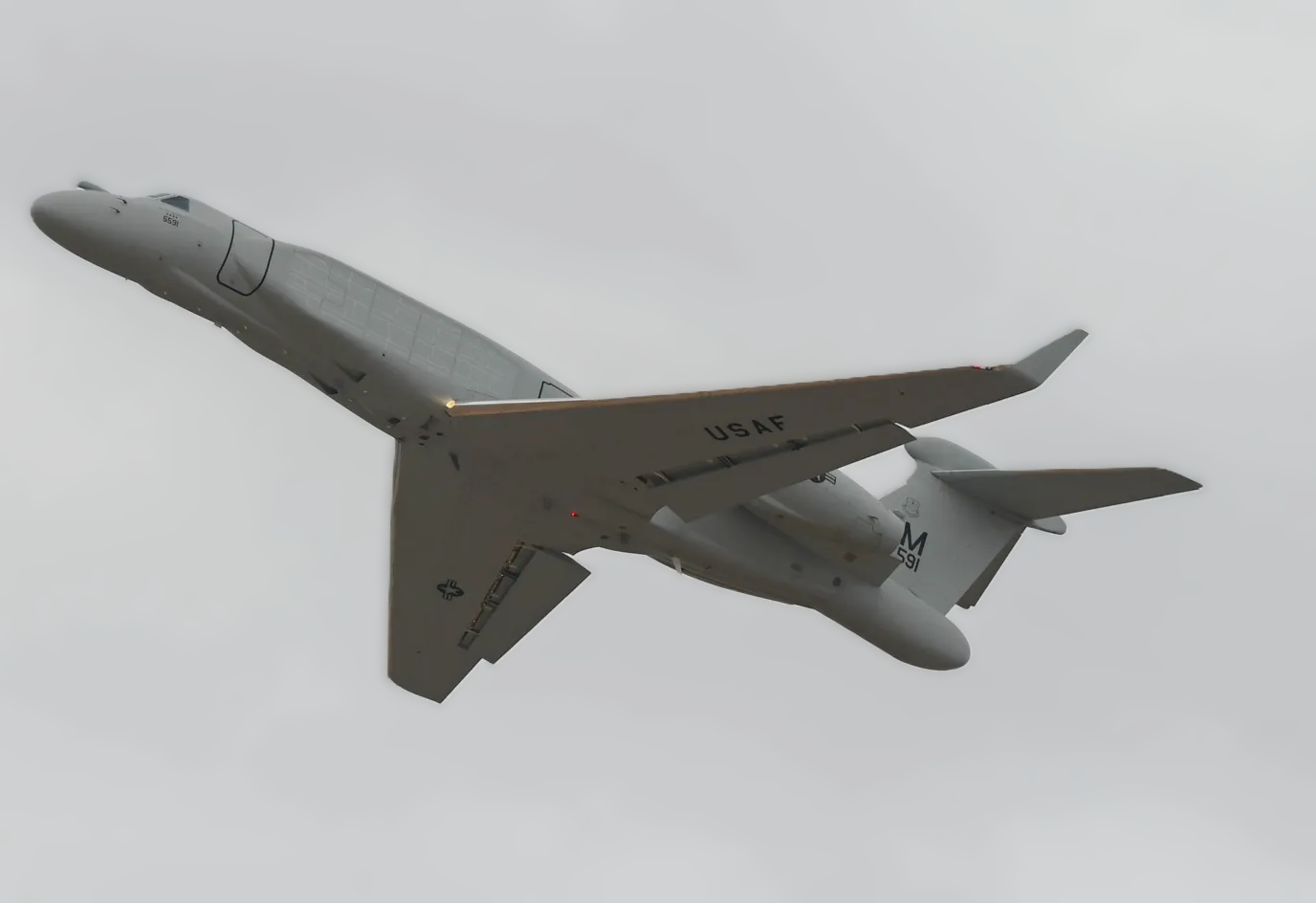In a stunning development that’s sending shockwaves through the international defense community, Pakistan has dramatically deployed its cutting-edge JF-17 Block III fighter jets to Azerbaijan, marking a pivotal moment in the evolving military landscape of the region. This bold move, officially confirmed by the Pakistan Air Force on October 19, 2025, isn’t just a routine exercise—it’s a clear signal of a deepening strategic partnership between Islamabad and Baku that’s poised to reshape power dynamics in the South Caucasus and beyond. What started as a flurry of confusing online images and rampant speculation has now crystallized into a confirmed reality: these advanced aircraft are in Azerbaijan for the high-stakes Indus Shield Alpha bilateral aerial combat exercise. But the story goes much deeper, involving a massive $4.6 billion aircraft procurement deal coupled with an additional $2 billion in joint investments, as proudly announced by the Pakistani government across its social media platforms. This isn’t merely about planes touching down on foreign soil; it’s about forging unbreakable military ties that could alter the balance of regional conflicts for years to come.
Let’s rewind to the chaotic origins of this revelation. On that fateful day of October 19, 2025, social media exploded with grainy photos and videos of sleek JF-17 fighters parked on Azerbaijani runways. Keyboard warriors and armchair analysts jumped to conclusions, proclaiming that Baku had finally taken delivery of its first batch of these formidable jets. The buzz was electric—had Azerbaijan secretly accelerated its military modernization? Was this the dawn of a new era in air superiority? The confusion reached fever pitch until the Pakistan Air Force stepped in with a clarifying statement on its official X account (formerly Twitter). No, these weren’t Azerbaijani-owned birds just yet; they were Pakistani assets flown in specifically for the Indus Shield Alpha exercise. But here’s where it gets fascinating: the deployment wasn’t a simple hop over borders. It involved a grueling non-stop transit from Pakistan, made possible by mid-air refueling from a PAF IL-78 tanker aircraft. This logistical feat not only explains the presence of multiple jets in the viral footage but also underscores the operational prowess and endurance of the JF-17 platform. Imagine the precision required—pilots syncing with tankers at high altitudes, transferring fuel seamlessly while hurtling through the skies. It’s a testament to the maturity of Pakistan’s air force capabilities and a preview of what Azerbaijan can expect once their own fleet arrives.
Diving deeper into the heart of this alliance, we uncover the blockbuster deal that’s fueling all this excitement. Azerbaijan has inked a contract for no fewer than 40 JF-17 Block III jets, a package valued at a staggering $4.6 billion. This isn’t pocket change; it’s the largest export deal in Pakistan’s defense history, catapulting Azerbaijan to the status of the JF-17’s premier international customer. Announced alongside a $2 billion investment commitment, this agreement transforms what could have been mere speculation into a tangible symbol of bilateral commitment. The investments likely cover joint ventures in defense manufacturing, technology transfer, and infrastructure development, ensuring that the partnership extends far beyond the jets themselves. For Azerbaijan, still smarting from past conflicts and eyeing long-term security, this acquisition represents a strategic pivot away from traditional suppliers toward more affordable, reliable options from allies like Pakistan and Türkiye. The timing couldn’t be more intriguing, coming amid heightened tensions in the region and Azerbaijan’s ambitious plans to recapitalize its aging fighter fleet.
Now, let’s geek out on the star of the show: the JF-17 Block III itself. This isn’t your grandfather’s fighter jet; it’s a lightweight, multirole marvel engineered for versatility and cost-effectiveness. Designed jointly by Pakistan and China, the JF-17 excels in air policing, beyond-visual-range (BVR) interceptions, and precision ground strikes—all while keeping operational costs in check. The Block III variant, which Azerbaijan has opted for, is the cream of the crop. It boasts an active electronically scanned array (AESA) radar that can detect and track multiple targets at extended ranges, upgraded avionics for seamless data fusion, and enhanced electronic warfare systems to jam enemy sensors and evade threats. Picture this: pilots armed with long-range air-to-air missiles like the PL-15 and short-range PL-10, capable of engaging foes before they even know what’s coming. Reports suggest Baku is eyeing integration with advanced targeting pods such as the ASELPOD, already proven in other air forces, to enable pinpoint accuracy in day or night operations. While no official word has confirmed this yet, the potential is tantalizing. Add in the in-flight refueling probe—vividly demonstrated in PAF footage—and you’ve got a jet that can loiter longer, strike farther, and return home safely without relying on bulky, expensive heavy fighters.
The evolution of the JF-17 program is a masterclass in smart engineering. Starting with the initial blocks that provided a solid baseline for multi-role operations, the series has progressed methodically. Block II introduced in-flight refueling and better sensors, expanding its tactical envelope. Now, Block III refines the sensor-weapon synergy and human-machine interface, making it more intuitive for pilots under stress. Pakistan’s own operational experience has honed the jet for real-world scenarios, from border patrols to simulated strikes, while feedback from export users in places like Nigeria and Myanmar has fine-tuned sustainment and training aspects. This incremental strategy echoes the development paths of other light fighters, such as South Korea’s FA-50 or India’s Tejas—prioritizing steady improvements over risky quantum leaps. It’s a philosophy that balances cutting-edge tech with fiscal responsibility, appealing to nations that can’t afford the eye-watering prices of Western heavyweights like the F-35.
When stacked against its competitors, the JF-17 Block III shines through its blend of modern features and practicality. Sure, it doesn’t boast the raw speed or payload of upgraded F-16s or medium-weight fighters like the Rafale, but it closes the gap in critical areas: superior detection ranges, wider engagement zones, and integration into networked warfare. The mature weapons ecosystem allows for custom configurations, and the industrial partnerships with Pakistan offer flexibility that rigid Western deals often lack. Throw in the demonstrated ability for long-haul transits with tanker support—as seen in this Azerbaijan deployment—and you have a jet that’s not just a brochure promise but a proven expeditionary asset. For air forces watching their budgets, this means more bang for the buck: lower acquisition costs, reduced per-flight-hour expenses, and scalable ownership models that include everything from spares to simulators.
Strategically, this deployment is a multifaceted chess move. Having Pakistani JF-17s operating on Azerbaijani soil, even temporarily, accelerates interoperability between the two nations’ air forces. It’s hands-on training in basing logistics, ground handling, weapons loading, and secure communications—all tailored to local environments. In the volatile South Caucasus, where every shift in airpower is scrutinized by neighbors like Armenia, Iran, and Russia, this visibility sends a powerful message. It hints at smoother transitions when Azerbaijan’s own jets arrive: fewer surprises in induction, training, and maintenance. Moreover, it aligns with wider regional alliances, including ties with Türkiye, fostering shared doctrines in counter-drone ops, precision strikes, and integrated air defenses. With 40 jets on order, Azerbaijan is building a comprehensive ecosystem—complete with munitions, pods, and infrastructure—that will demand ramped-up pilot training, mechanic staffing, and base upgrades. This isn’t a one-off purchase; it’s a long-term force multiplier.
Economics play a starring role here too. The JF-17’s affordability is a game-changer for emerging powers. Compared to pricier Western alternatives, it offers similar capabilities at a fraction of the cost, making it ideal for nations diversifying their arsenals. Past exports to Nigeria and Myanmar laid the groundwork, but Azerbaijan’s mega-deal elevates the program to new heights, encompassing not just airframes but a full-spectrum support package. This holistic approach ensures high readiness rates and minimizes downtime, crucial for maintaining deterrence in contested regions.
That viral video from an airliner window, capturing Pakistani-marked JF-17s on the tarmac, was more than meme fodder—it was a glimpse into operational reality. Coordinating tanker rendezvous, executing long-distance flights, and integrating into foreign bases showcases the expeditionary backbone that turns hardware into effective power projection. For Azerbaijan, this exercise serves as a dress rehearsal: testing systems compatibility with national C2 networks, ground radars, and ISR tools. It’s about building muscle memory for crews and commanders alike.
In summary, the Indus Shield Alpha exercise has demystified those initial online mix-ups while illuminating the path forward for Pakistan-Azerbaijan relations. With a fleet of 40 AESA-equipped JF-17 Block IIIs on the horizon, enhanced mobility via tankers, and evolving integrations like potential Turkish missiles (still under review), this partnership is methodically assembling the pieces for a robust air force. It’s not flashy overhauls but consistent buildup—of tech, tactics, and teams—that will redefine regional security. As tensions simmer globally, keep your eyes on this alliance; it’s just getting started.




